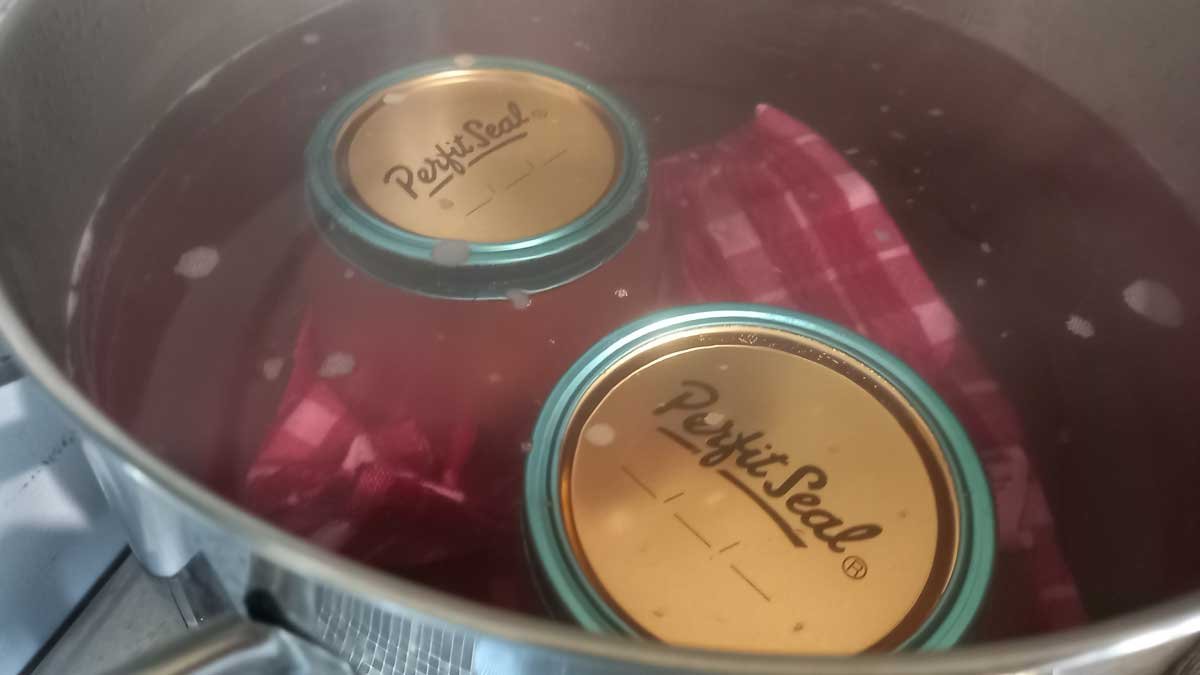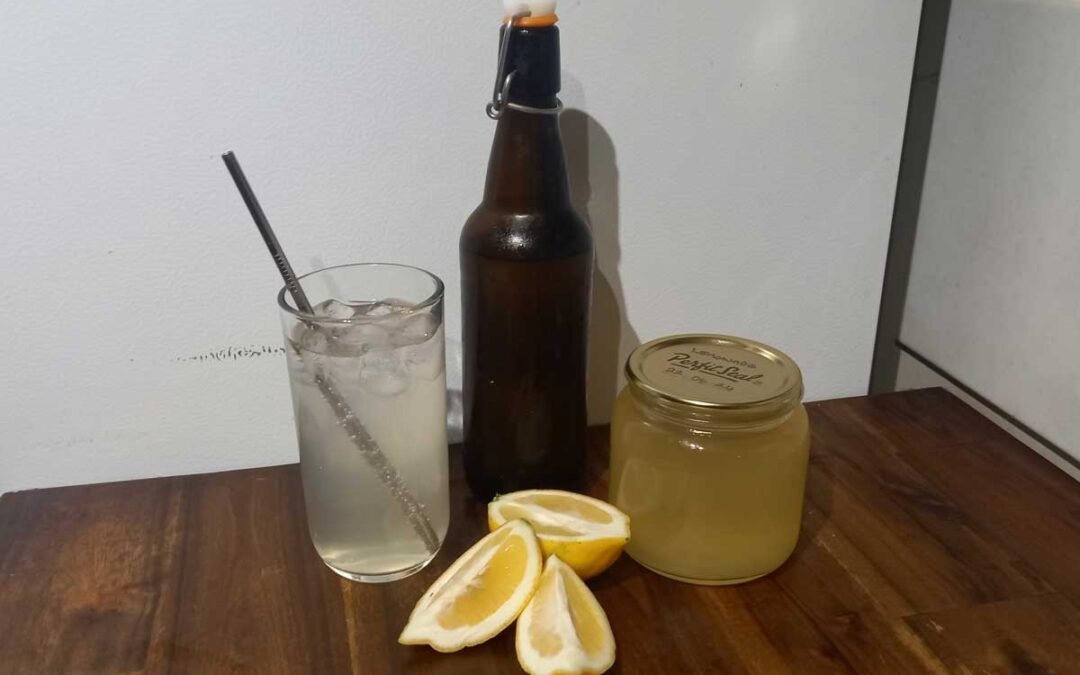Our lemon tree is probably the oldest (planted) tree we have here. It’s over 10 years old at this point, and is loaded each winter with a pile of fresh juicy lemons.
Last year I went out to the Internet and asked “what should I do with all my lemons?” One answer came back from all directions: lemonade.
So I did that. I researched it and came up with a recipe I liked. When I combined it with a soda maker, it went down really well.
The seasonal problem
While the trees were dripping with fruit, I struggled to keep up. It only takes 4 or 5 lemons to make 1.5 litres of lemonade syrup, and then at least a month to drink it. That’s not really helpful for getting through a lot of lemons.
I also have the perennial problem of space. It’s limited in every capacity here, but especially in the fridge and freezer. Because the lemonade syrup recipe I was using needed to be refrigerated, I could only ever make limited quantities.
We left the lemons on the tree for as long as we could. We ate heaps and gave bags away. But we still lost a pile to rot.
By late Summer, I found myself without any lemonade syrup at a time when all my new lemons were still green.
I figured if I could work out how to store it, then I could make more lemonade during the winter to be available out of season. Refrigeration and freezing were not options, so I looked to canning.
It turns out the acidity of lemonade lends itself well to canning, so I picked up a couple of jars to give it a try.
The recipe
Makes 1.5 litres.
1 cup fresh lemon juice, strained (approx 4-5 lemons)
Grated zest from the lemons
1 litre water
3 cups sugar
2 Tablespoons citric or tartaric acid
- Add grated lemon zest and water to a pot, and bring to the boil. Allow to boil for 5 minutes.
- Place sugar and lemon juice in a large pyrex bowl.
- Add boiling water to the sugar, straining out the grated zest.
- Stir until sugar is dissolved. Add citric or tartaric acid. Bottle. Keeps in refrigerator for at least 6 weeks.
To serve: dilute to your desired taste with either cold, hot, or sparkling water.
Canning
You don’t have to do this step – you can simply decant into bottles and refrigerate to use. And I did – 500ml went into the fridge for enjoying now. But the other litre went into two 500ml canning jars.
My plan is to make more lemonade, more often, while I still can. Each time the bottle in the fridge runs out, I’ll make another batch and put two-thirds of it aside for later.
So after making the lemonade, I followed instructions I found at Creative Canning to store it.
I returned the litre of lemonade I’d be canning to the pot and heated it to 85ºC. A stock pot of water was also heated to the same temperature.
I washed the jars and lids; and slowly filled them with the heated lemonade to avoid temperature shock. Then I wiped the rim, added the seals, and tightened the lids to finger-tightness.
I popped a tea towel in the bottom of the large stock pot because I didn’t have a rack and I’m pretty sure that’s how my Gran did it. The jars of lemonade sat on top.

Then I topped the water up from the freshly-boiled jug to be an inch above the lids. The timer was set for 10 minutes to process them.
There was an anxious wait after pulling the jars out of the water bath to see if it worked. As I am writing this post, I heard the two soft ‘pops’ that let me know the seals have formed. Success!
I guess now we wait. I don’t know how canned lemonade will taste, and I’m not planning to find out for a while. Maybe this is a silly experiment, but if it works, future-me will be happy I spent a rainy winter afternoon figuring it out.



I’d be interested if you can freeze this lemonade. Do you know?
I’d say you can – the sugar content might affect how well it freezes, but it shouldn’t cause any health concerns to give it a try.